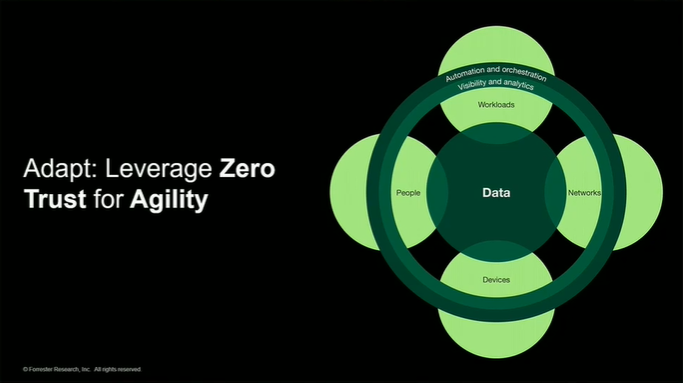Earlier in Part 1 this week we’ve touched on “What Is DRaaS?”. Now we will explore this a little further.
Disaster recovery situations are always high pressure, stressful affairs which require cool heads and excellent planning. What can service providers of DRaaS to do to make life easier for their customers and to plan ahead for any eventuality which might occur?
Firstly, it is a proven fact that the more you test your disaster recovery plan, the more likely it is to work when you need it to. So, allow us to test our disaster recovery whenever we want and stop charging us for it. The main reasons for not testing disaster recovery are the costs involved and the lack of time to run proper tests. By making the test free, you immediately eliminates one of the barriers. We could take that one step further. Let the cloud service provider offer to run the disaster recovery tests for the client and report back the results for a fee.

DRaaS providers have copies of our servers already, so why not leverage those copies for making off-site backups? Many companies are required to maintain off-site backup copies of their data. Being able to leverage your DRaaS for these backups would be of great help. Not only would it offload backup services from your network and save you time, but you would eliminate the performance hit your network takes during these backup windows. Now I realize most companies do not have all their servers under a DRaaS contract, usually just the mission critical systems, but these are precisely the systems usually most important to have backup copies off-site for.
Provide us with a means to access the applications at the disaster recovery site in an effective and productive manner. As companies move to SaaS-based application delivery, the problem of application access during a disaster is eliminated. SaaS application are accessed via a browser easily from any computer. Not all applications are offered via SaaS or have been implemented with a browser front-end. For those applications not accessed via SaaS, a “thin client solution’’ is required to access these applications during a disaster. For companies not already using a thin client solution to deploy applications, having to install one specifically for disaster recovery is an expensive proposition.
What if the DRaaS provider could offer thin client services as part of their disaster recovery offering? Better yet, they could only charge for the thin client infrastructure and licensing when you declare a disaster. That would really add value to the solution.
Finally, the most important addition that could be made to a DraaS is the ability to provide near instant server failover for a production server. How many times has a server failed or become corrupted during business hours, causing an outage that could have been avoided. With the size of today’s servers and growing quantities of data, it is not improbable for a single server restore to take 8 or more hours. During the restore process the server and applications it serves are unavailable. Imagine if that failed server was part of your disaster recovery plan and you could instantly fail-over to the corresponding server at the disaster recovery location. Granted, performance may be impacted but at least the server and applications would be available while the production issue is addressed. The DraaS offering could turn into a passive secondary data center solution for the cost of disaster recovery. This would be a tremendous value-add and is possible to deliver with a little extra work by the cloud providers.
As we can see, DraaS is now available to all enterprises regardless of size thanks to the new market of cloud providers. Now, let’s push these providers to take it to the next level and add more value to the offering and solve some real pain points of the IT community.
By Marc Malazia





